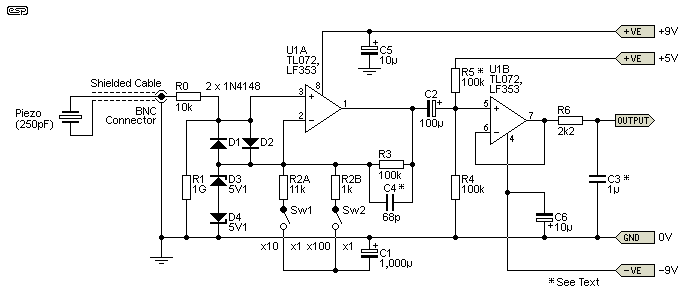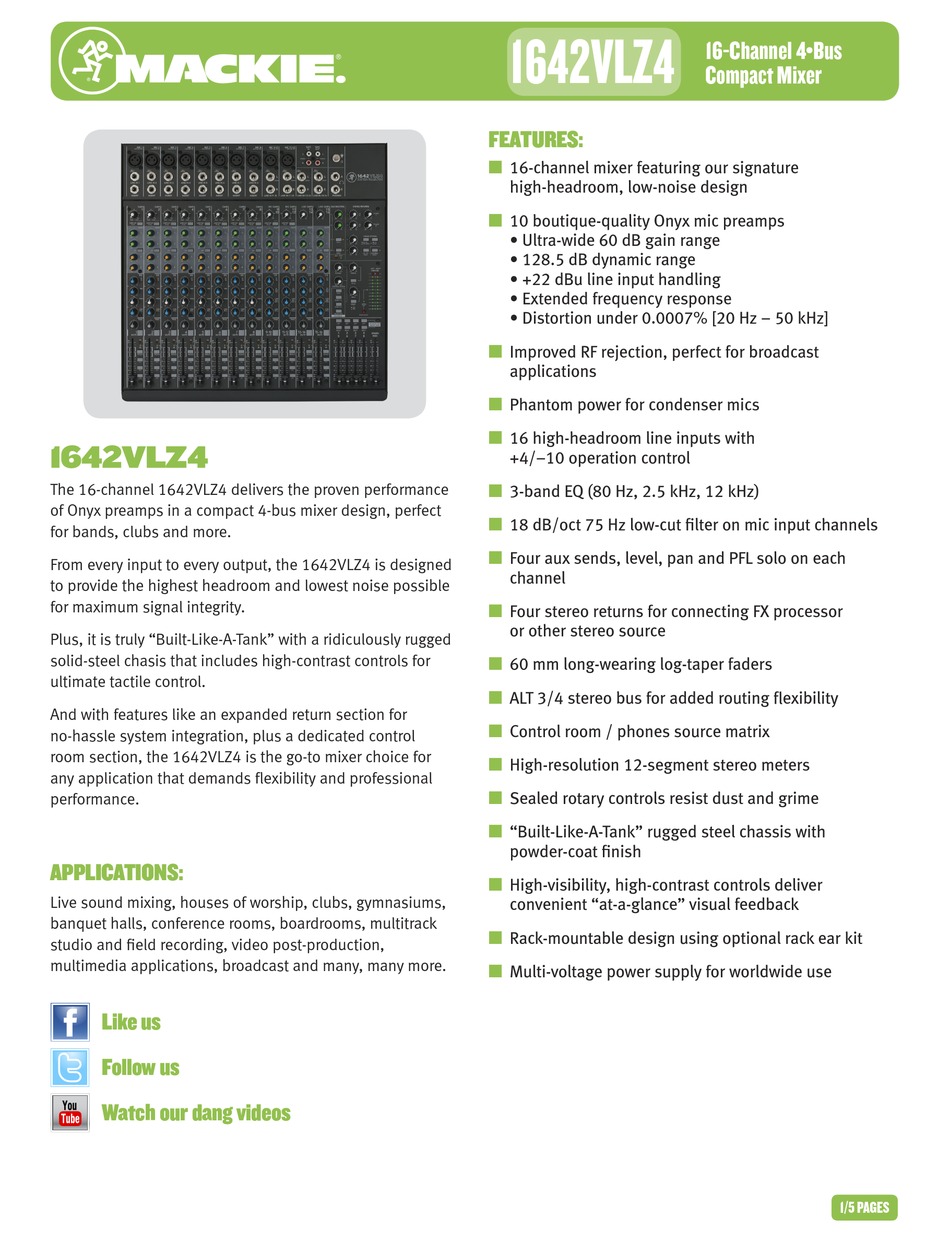

Resistors, capacitors, inductors, transformers, tubes, transistors, and other electronics all play a role in determining a microphone's overall “resistance.”

Let's start with a general description of impedance: Internal Impedance Of Condenser Capsules.Impedance Bridging Between Ribbon Microphones And Preamps.High-Impedance And Low-Impedance Inputs And Outputs.What Is Amplifier Impedance? (Actual Vs.The Complete Guide To Speaker Impedance (2Ω, 4Ω, 8Ω & More).The Complete Guide To Understanding Headphone Impedance.If you're interested in getting the most out of your microphones and your preamps, this article is for you!Īs an added bonus, we'll also discuss the internal impedance of microphones and touch on condenser microphone design to make this article a full, in-depth guide to microphone impedance.īe sure to check out My New Microphone's article How Do Microphones Work? (The Ultimate Illustrated Guide)! Microphone impedance bridging is critical for the optimization of your microphones. In order for a mic signal to travel optimally, the microphone output impedance must “match” or “bridge” the input impedance (load impedance) of its mic preamp. Impedance controls the flow of the audio signal. Impedance is the “AC resistance” of audio signal voltages. So what is microphone impedance? Microphone signals are AC voltages.

While reading over a microphone spec sheet, you've undoubtedly come across values for either output impedance, rated load impedance, or both! Understanding these impedance values is crucial to master microphones truly. The Rode NT1-A Has An Output Impedance Of 100 Ω


 0 kommentar(er)
0 kommentar(er)
